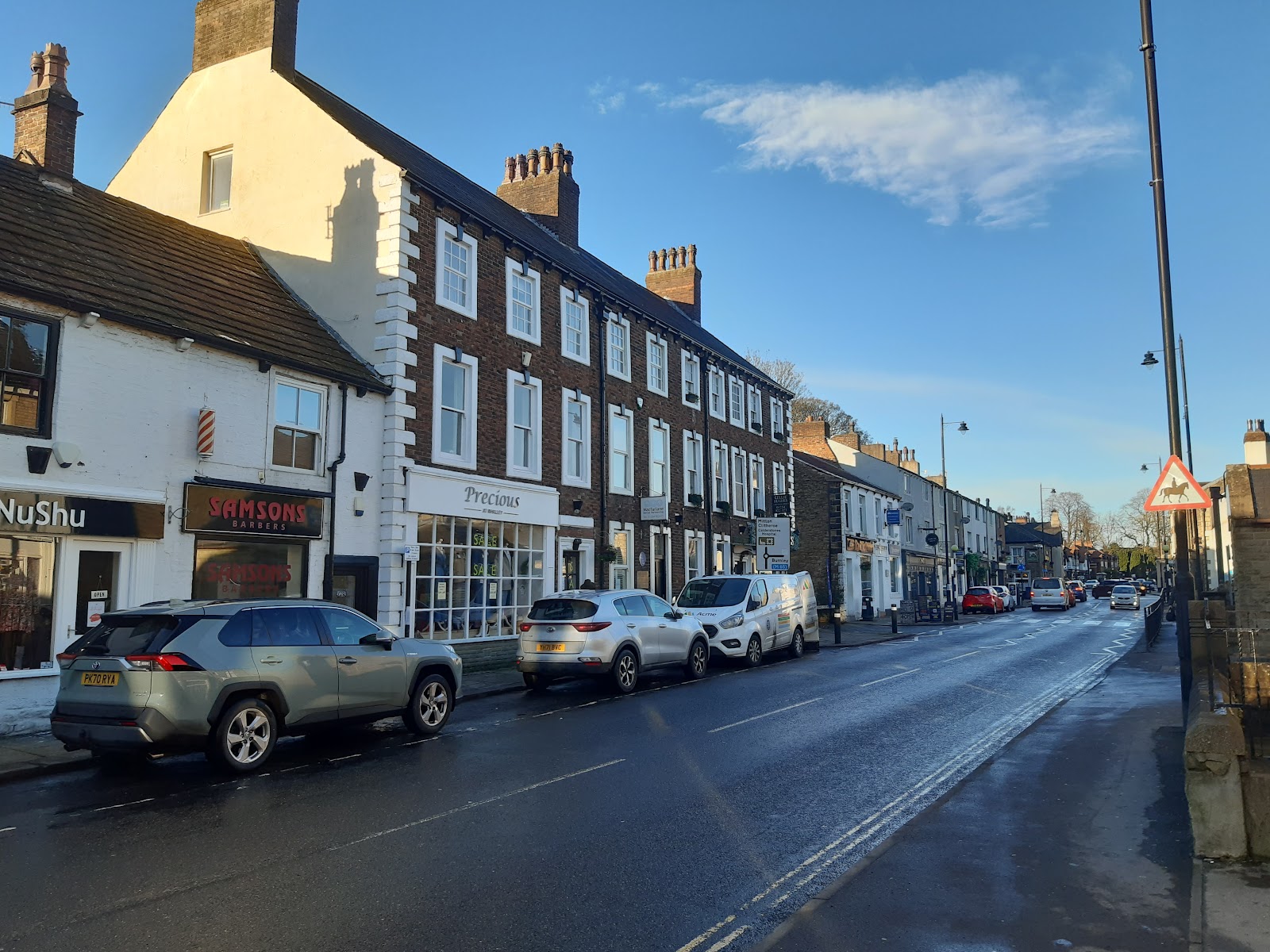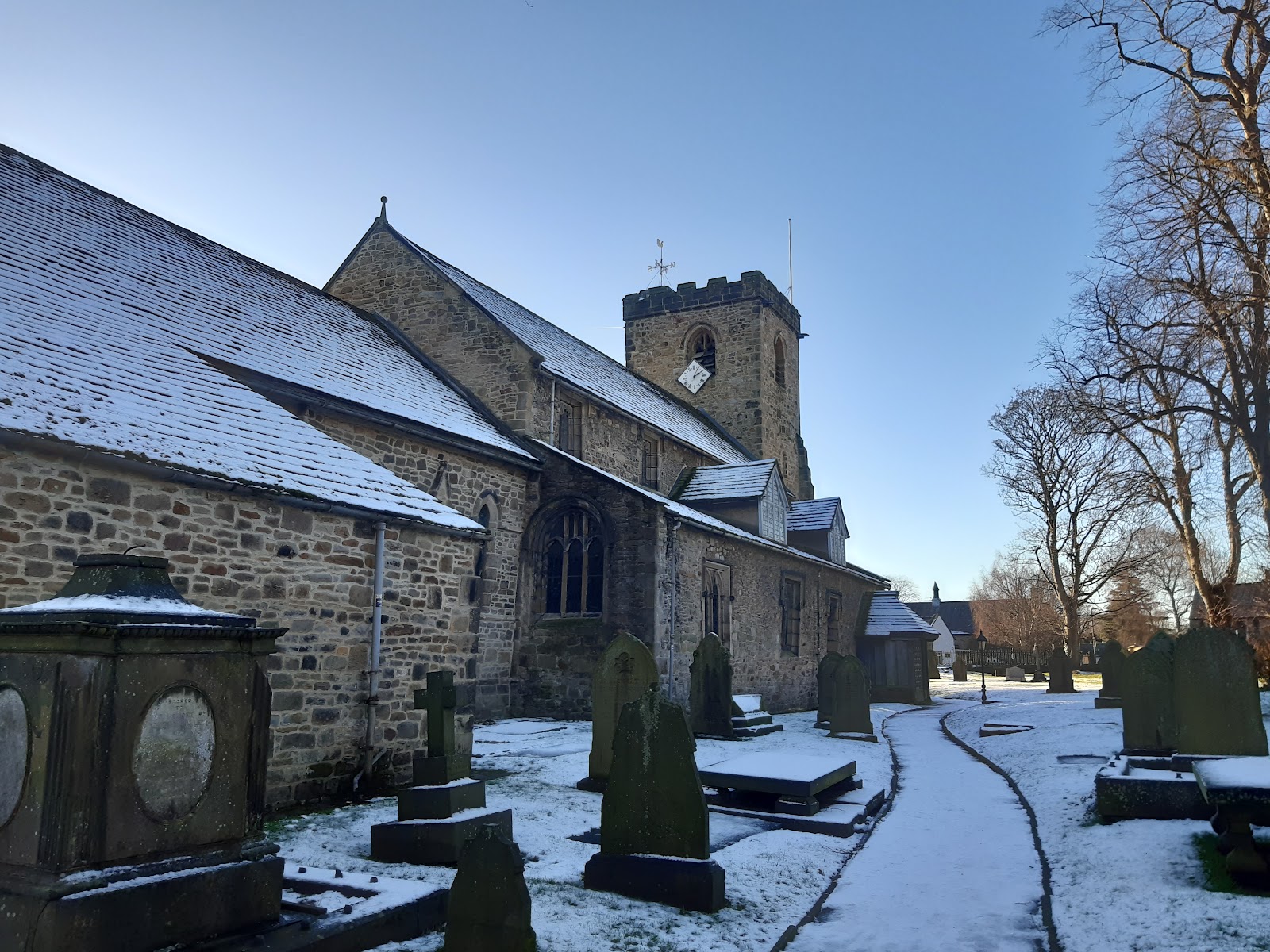Whalley
I have not posted for a while in part because I have not found anywhere new within 20 minutes drive of home that inspires me. I have, therefore, ventured further a field, to Whalley, some 30 to 35 minutes away, just northeast of Blackburn.
Whalley is a large village with a population of just a few thousand. There used to be an abbey here, building of which started in 1296 by Henry de Lacy, tenth Baron of Halton, but was not finished until after 1440. It closed in 1537 when the monasteries were dissolved, and in the same year the abbot was executed for high treason! The land was sold into private ownership, and much of the buildings were demolished, but is 1923 it returned to church ownership.
It was a very cold day in mid-January when I visited the village. I had no particular route worked out; I just wandered around the town. Frankly, the cold was not conducive to long walks! There is no car park in the town as far as I could see, so street parking it was. Not a problem in January, but perhaps a nightmare in the summer.
This is the view along the King Street, the main street, looking westwards.
King Street has a dozen or so quirky shops along it - including the De Lacy pub.
A side street, called George Street, has this row of shops, built between 1910 and 1929, which I found fascinating.
The next side street is Church Lane, and here is the attractive church, St Mary's.
More or less opposite the church these delightful cottages.
A bit further a long is the entrance to what remains of the abbey.
It looks to be free to enter, at least for some areas, but it also looked very icy when I was there, and I decided that was for another day.
The road has become the Sands by this point, which is odd as the stretch called the Sands has two churches on it as well as the remains of the abbey. The is the RC church, English Martyrs.
To the left of it, St Mary and All Saints. I am not sure which of the buildings at the back is the church, but I think both are connected to it.
Going further a long the Sands, the road passes through the remains of the Abbey's East Gatehouse.
From the inside, looking back this way:
Notable beyond the gate house is the viaduct, known as Whalley Arches, on the line from Blackburn to Clitheroe.
Back to towards the main road, I found an alley that run between the first church and a school, into the back of Abbey Mill, an old corn mill now converted into living accommodation.
This took me back to the main street, and I continued heading west, to the bridge over the Rover Calder.
Whalley has suffered some bad flooding from the Calder in recent years.
Beyond the river, the road turns right and heads up the hill passing these curious houses.


















Comments
Post a Comment